-
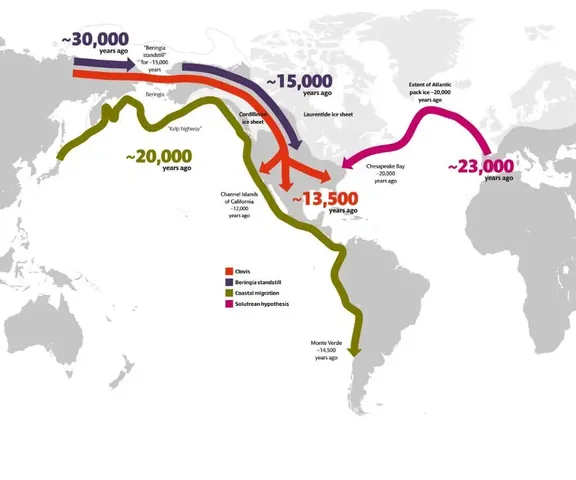 Early humans crossed the Bering Land Bridge from Asia to North America spreading them throughout the Americas.
Early humans crossed the Bering Land Bridge from Asia to North America spreading them throughout the Americas. -
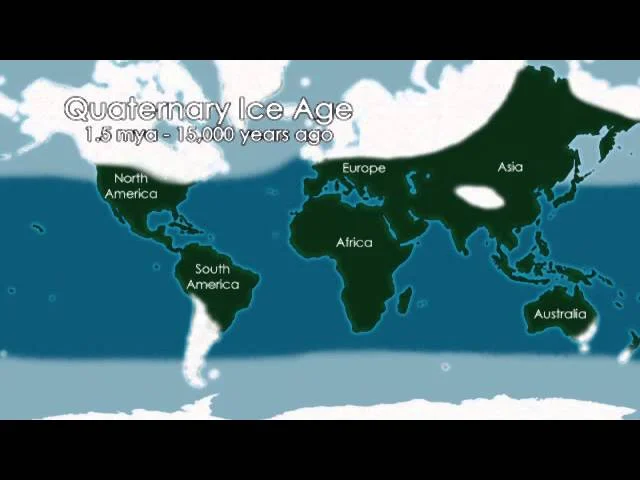 circa 12,000 BCE: The last Ice Age ends, causing sea levels to rise and changing climates. This event helps shape human migration patterns as people begin moving to new regions.
circa 12,000 BCE: The last Ice Age ends, causing sea levels to rise and changing climates. This event helps shape human migration patterns as people begin moving to new regions. -
Before the Mesoamerican civilizations even began, people started turning wild teosinte into
maize, which became a very important crop. -
 The first cities and writing systems appeared in southern Mesopotamia (modern-day Iraq)
The first cities and writing systems appeared in southern Mesopotamia (modern-day Iraq)
with the Sumerians. -
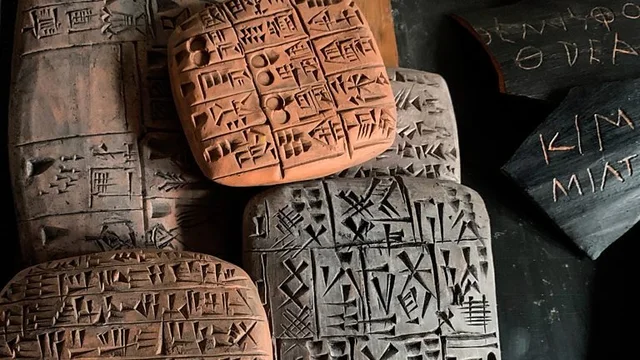 Writing was invented in Mesopotamia, marking the start of recorded history. This event divides “Prehistory” (before writing) from “History.”
Writing was invented in Mesopotamia, marking the start of recorded history. This event divides “Prehistory” (before writing) from “History.” -
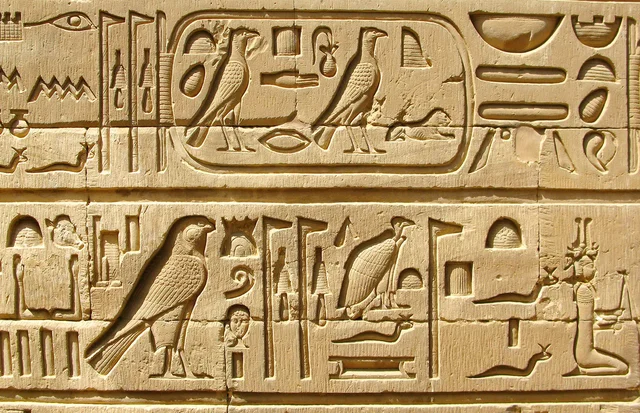 Egyptians create one of the earliest writing systems, hieroglyphics, used for religious texts and official records.
Egyptians create one of the earliest writing systems, hieroglyphics, used for religious texts and official records. -
 Sumerians in Mesopotamia develop cuneiform writing the first known system of writing, which was initially used for keeping records, such as trade transactions, and later for legal documents and literature.
Sumerians in Mesopotamia develop cuneiform writing the first known system of writing, which was initially used for keeping records, such as trade transactions, and later for legal documents and literature. -
 Civilizations develop along major rivers: Mesopotamia (Tigris and Euphrates), Egypt (Nile), the Indus Valley, and China (Yellow River). Rivers provide fertile land and resources, essential for sustaining these early societies.
Civilizations develop along major rivers: Mesopotamia (Tigris and Euphrates), Egypt (Nile), the Indus Valley, and China (Yellow River). Rivers provide fertile land and resources, essential for sustaining these early societies. -
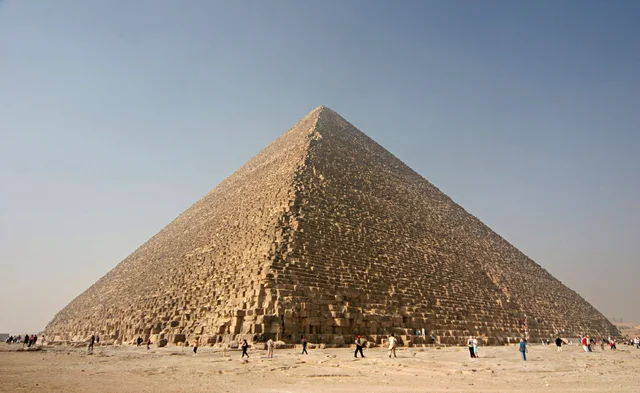 The Great Pyramid of Giza is built during the reign of Pharaoh Khufu in Ancient Egypt. It remains one of the Seven Wonders of the Ancient World.
The Great Pyramid of Giza is built during the reign of Pharaoh Khufu in Ancient Egypt. It remains one of the Seven Wonders of the Ancient World. -
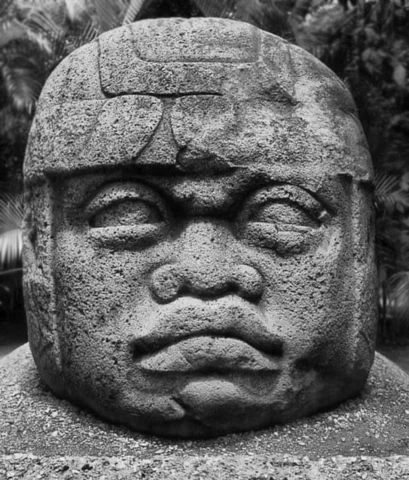 In Mesoamerica, early complex societies began to form, setting the stage for later cultures.
In Mesoamerica, early complex societies began to form, setting the stage for later cultures. -
Sargon of Akkad established one of the world’s first empires, uniting many Mesopotamian
city-states. -
 Babylon grew as an important center of culture and law, famous later for Hammurabi’s Code.
Babylon grew as an important center of culture and law, famous later for Hammurabi’s Code. -
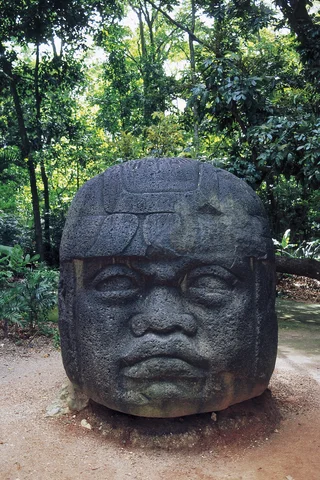 The Olmec civilization starts in Mesoamerica, influencing later cultures like the Maya and Aztec through its art, religion, and social organization.
The Olmec civilization starts in Mesoamerica, influencing later cultures like the Maya and Aztec through its art, religion, and social organization. -
 This traditional date marks the beginning of Greek cultural events and athletic competitions.
This traditional date marks the beginning of Greek cultural events and athletic competitions. -
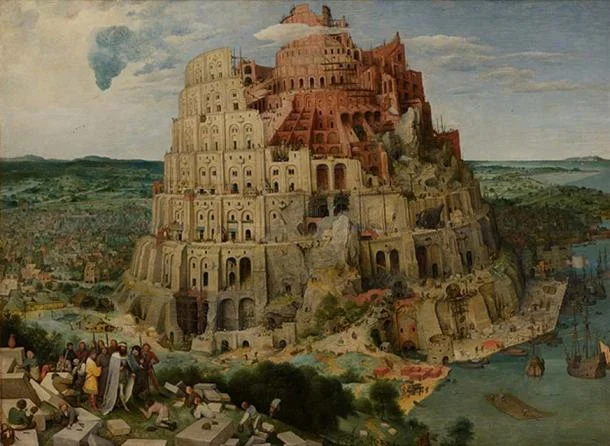 Babylon was conquered by Cyrus the Great of Persia, marking the end of Babylonian
Babylon was conquered by Cyrus the Great of Persia, marking the end of Babylonian
independence. -
Greek city-states united to defend their lands against Persian invasions, an important
chapter in Greek history. -
This “Golden Age” saw great achievements in art, philosophy, and politics in Greece.
-
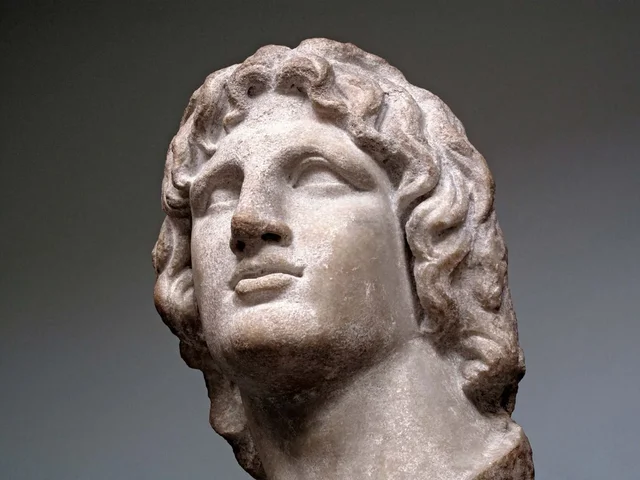 Alexander’s passing led to the spread of Greek culture across a vast area, starting the
Alexander’s passing led to the spread of Greek culture across a vast area, starting the
Hellenistic era. -
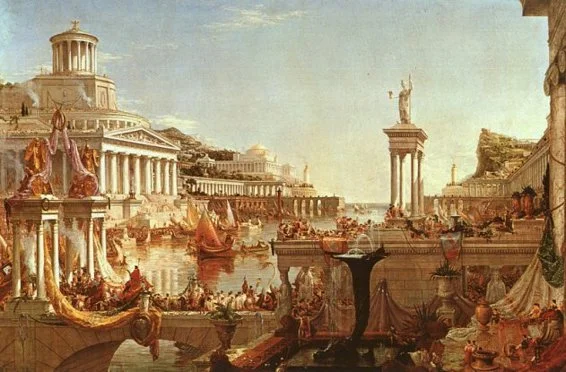 After a series of conflicts, Rome conquered Greece, bringing an end to Greek political
After a series of conflicts, Rome conquered Greece, bringing an end to Greek political
independence. -
 Large cities and centralized states like Teotihuacan and Monte Albán flourished in
Large cities and centralized states like Teotihuacan and Monte Albán flourished in
Mesoamerica. -
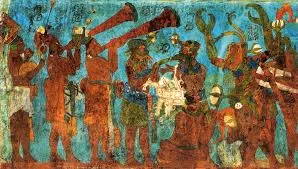 New cultures emerged, such as the Toltecs, Mayan kingdoms, and the Mexica (Aztec)
New cultures emerged, such as the Toltecs, Mayan kingdoms, and the Mexica (Aztec)
Empire. -
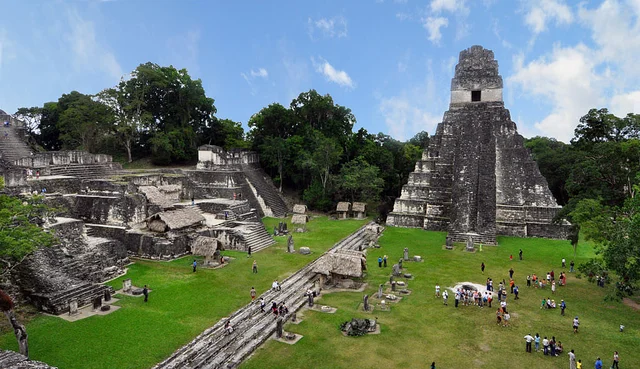 The Maya develop a complex society with city-states, hieroglyphic writing, and achievements in astronomy and mathematics.
The Maya develop a complex society with city-states, hieroglyphic writing, and achievements in astronomy and mathematics. -
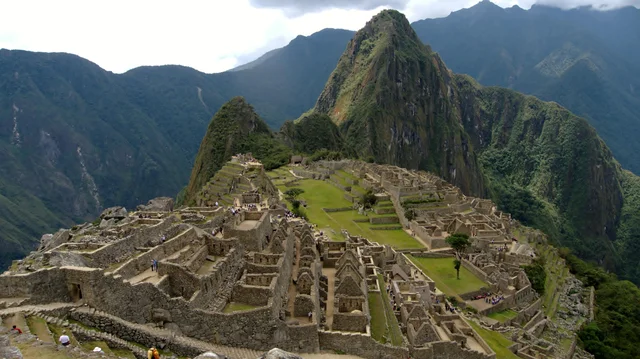 The Chavín culture develops in the Andes then the Moche (100–700 CE) and Inca (1438–1533 CE) civilizations.
The Chavín culture develops in the Andes then the Moche (100–700 CE) and Inca (1438–1533 CE) civilizations. -
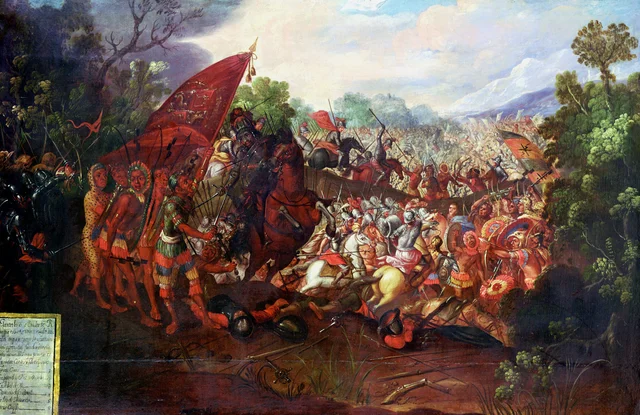 The arrival of Spanish forces led to major changes and the end of indigenous state systems in the region.
The arrival of Spanish forces led to major changes and the end of indigenous state systems in the region. -
 The Spanish conquer Tayasal (it is a place), the last independent Mayan city, ending the Maya civilization’s independence.
The Spanish conquer Tayasal (it is a place), the last independent Mayan city, ending the Maya civilization’s independence. -
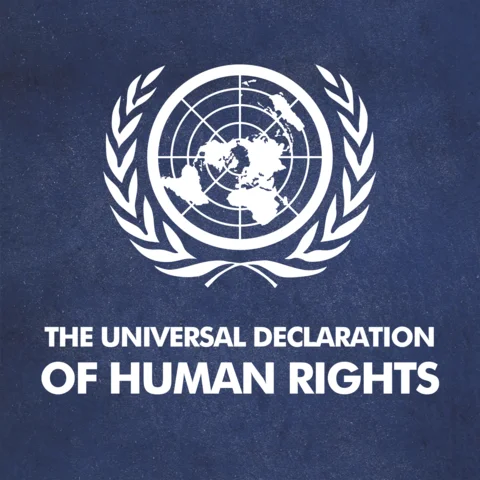 The United Nations creates the Universal Declaration of Human Rights, establishing an international standard for human rights.
The United Nations creates the Universal Declaration of Human Rights, establishing an international standard for human rights.